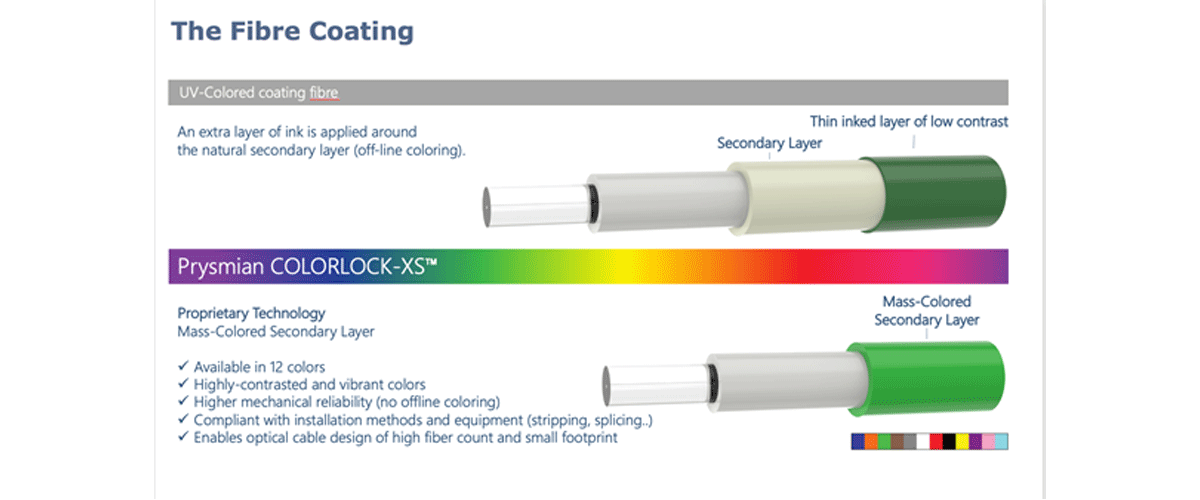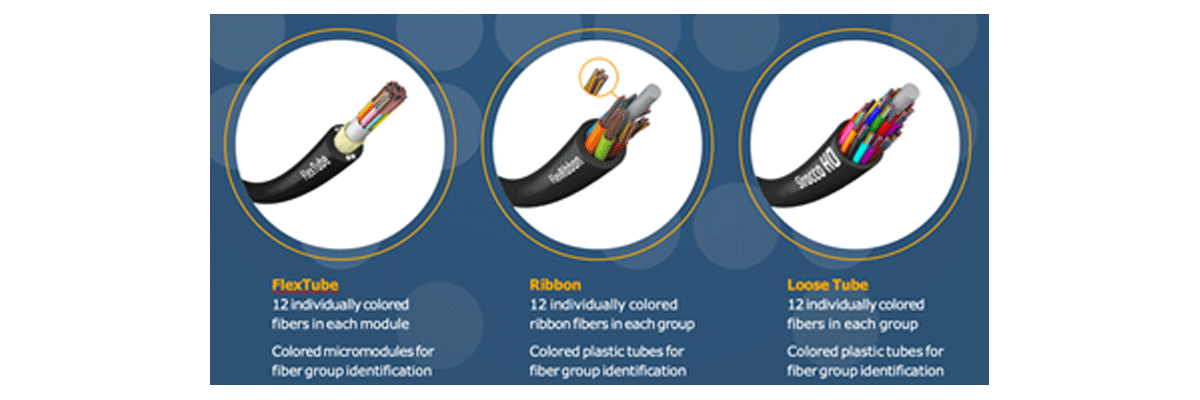Prysmian Group: producing the only colour-coded 180µm fibre cabling on the market
An optical cable may contain up to 6,912 fibres and each individual fibre needs to be colour-coded. After all, if there’s more than one fibre in a cable, you’ll need to be able to tell the fibres apart at both ends of the cable to connect them correctly. Without colour-coding, this would be impossible – that’s why it is an essential part of cable management.
Fibre colour-coding enables installers to identify fibres more easily, quickly, and effectively. This, in turn, makes splicing and maintenance easier and helps speed up installations. As a result, fewer installation errors occur. The international practice for colouring fibres is to use a set of 12 colours (or more, in some cases using additional ring marks with each colour).







